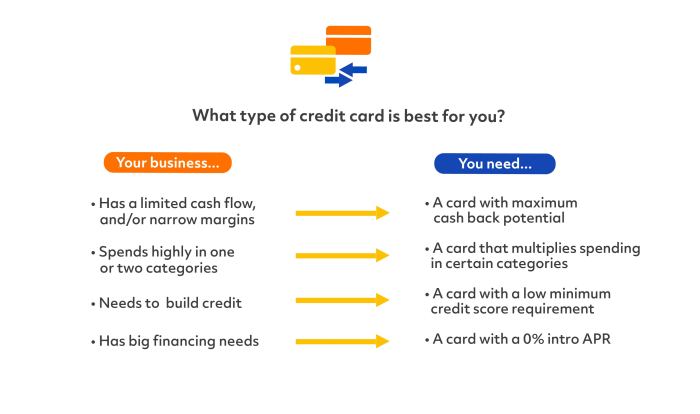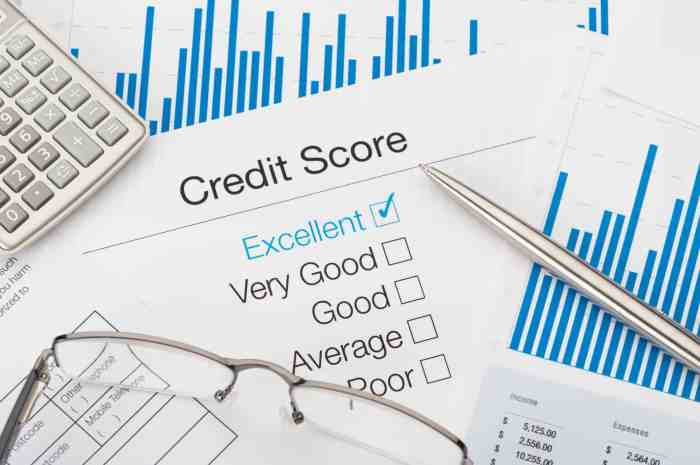Credit card debt management strategies for small business owners
Credit card debt management strategies for small business owners are crucial for sustained growth and profitability. Navigating the complexities of business finance often leads to reliance on credit cards, but uncontrolled spending can quickly spiral into a crippling debt burden. This guide explores practical strategies to alleviate existing debt, improve financial management, and prevent future accumulation, ultimately empowering small business owners to achieve financial stability.
We will examine the common causes of high credit card debt among small business owners, including unexpected expenses, slow payments from clients, and the temptation of easy credit. Understanding the interest rates and fees associated with these cards is paramount, as is recognizing the detrimental effects on cash flow and overall profitability. We’ll then delve into effective strategies for debt reduction, including negotiation tactics, debt consolidation, and the implementation of repayment plans like the debt snowball or avalanche methods.
Finally, we’ll cover proactive measures to prevent future debt, such as improving credit scores, strengthening financial institutions relationships, and implementing robust budgeting techniques.
Improving Financial Management Practices: Credit Card Debt Management Strategies For Small Business Owners
Effective financial management is crucial for the long-term health and success of any small business. Ignoring this aspect can lead to cash flow problems, missed opportunities, and ultimately, business failure. By implementing robust financial practices, small business owners can gain a clearer understanding of their financial position, make informed decisions, and navigate challenges more effectively. This section will explore key strategies for improving financial management.Accurate and timely financial record-keeping forms the bedrock of sound financial management for small businesses.
Without meticulously maintained records, it’s impossible to gain a true picture of profitability, identify areas for improvement, or make well-informed decisions regarding future investments or expenses. This includes tracking all income and expenses, managing invoices, and reconciling bank statements regularly. The level of detail required will depend on the business’s size and complexity, but the principle of thorough and consistent record-keeping remains paramount.
Software solutions like accounting programs can streamline this process significantly.
Accurate and Timely Financial Record-Keeping
Maintaining accurate financial records involves more than just recording transactions; it’s about establishing a system that ensures data integrity and accessibility. This includes using a consistent chart of accounts, categorizing transactions properly, and regularly backing up data. For instance, a small bakery should track ingredient costs separately from labor costs, rent, and marketing expenses. This granular level of detail allows for better cost analysis and informed pricing decisions.
Regular reconciliation of bank statements against internal records helps identify discrepancies early, preventing potential errors from escalating. Using cloud-based accounting software provides an additional layer of security and accessibility.
Realistic Cash Flow Projection
A realistic cash flow projection is a forecast of the money flowing into and out of a business over a specific period. This crucial tool helps anticipate potential shortfalls or surpluses, allowing for proactive adjustments to avoid financial difficulties. A simple cash flow projection might involve listing expected income from sales and other sources, alongside anticipated expenses like rent, salaries, and supplies.
Consider incorporating seasonal fluctuations in sales and unexpected expenses into the projection for a more comprehensive view. For example, a seasonal clothing retailer should account for higher sales during peak seasons and lower sales during off-seasons. This will help in better inventory management and staffing decisions. Using spreadsheet software or dedicated cash flow forecasting tools can greatly simplify the process.
A well-constructed cash flow projection is more than just a prediction; it’s a dynamic tool that should be regularly reviewed and updated to reflect the evolving financial landscape of the business.
Budgeting and Expense Management
Effective budgeting involves creating a detailed plan for how a business will spend its money. This involves allocating funds to different categories based on priorities and expected income. A zero-based budget, where every expense is justified, can be particularly effective in identifying unnecessary spending. Expense management involves monitoring spending against the budget, identifying areas of overspending, and implementing strategies to control costs.
This could involve negotiating better deals with suppliers, exploring cost-effective alternatives, or improving operational efficiency. For example, a restaurant owner might explore bulk purchasing of ingredients or switching to energy-efficient appliances to reduce operational costs.
Resources for Improving Financial Literacy, Credit card debt management strategies for small business owners
Several resources are available to help small business owners enhance their financial literacy. These include online courses, workshops, and mentorship programs offered by organizations like the Small Business Administration (SBA) and SCORE. Many libraries and community colleges also offer free or low-cost financial literacy training. Industry-specific publications and professional networking groups can also provide valuable insights and support.
Furthermore, consulting with a financial advisor or accountant can offer personalized guidance and support in managing financial aspects of the business.
Successfully managing credit card debt requires a proactive and multi-faceted approach. By understanding the root causes of debt, implementing effective reduction strategies, and adopting sound financial management practices, small business owners can regain control of their finances and pave the way for long-term success. Remember, seeking professional guidance when needed can significantly enhance your journey towards financial freedom and stability.
Don’t hesitate to leverage the resources available to create a sustainable financial future for your business.
Essential Questionnaire
What are the signs I need professional help with my business credit card debt?
Signs include consistently missing payments, high interest accruing faster than you can pay it down, feeling overwhelmed by debt, and negatively impacting your personal finances.
Can I negotiate lower interest rates on my business credit cards?
Yes, contacting your credit card company and explaining your financial situation might lead to a lower interest rate. Be prepared to negotiate and possibly threaten to switch providers.
What is the difference between the debt snowball and debt avalanche methods?
The debt snowball prioritizes paying off the smallest debts first for motivation, while the debt avalanche focuses on paying off the highest-interest debts first to save money.
How can I improve my business credit score?
Pay bills on time, maintain low credit utilization, and keep older credit accounts open. Regularly check your credit report for errors.



